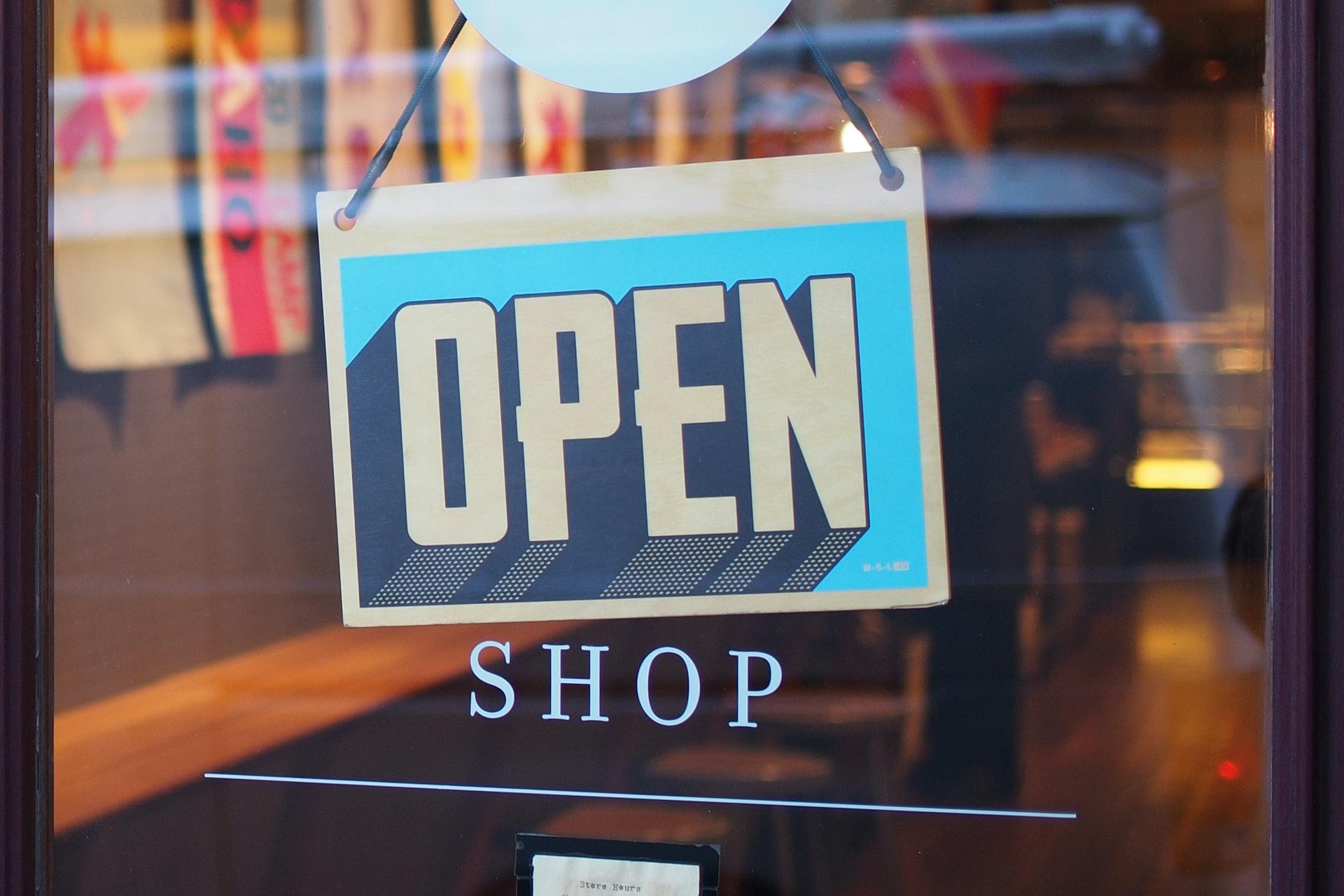What is a marketplace? How does it work? How can you make money selling your products on this site? The answers to these questions are in our article.
More and more stores are appearing in marketplaces, investing huge amounts of money in promoting their brand and attracting new audiences. Competition is growing not only between marketplaces, but also among sellers within marketplaces, so it is time to start mastering the new sales channel.

Contents
What is a Marketplace
It is a digital mall that allows third-party entrepreneurs to trade. Simply put, it’s a site where they post their products for sale. In a regular mall, they pay rent, but here is a commission on the item sold.
It is important not to confuse marketplaces with aggregator sites. The latter simply offers users to go to the merchant’s site to buy the item they want. The marketplace, on the other hand, takes care of the transaction, i.e., the registration and payment take place on the site. In addition, marketplaces offer additional services:
Delivery of goods to the buyer. The services of the marketplace pick up the goods and deliver them to the buyer. For example, via points of self-delivery.
Return of goods. If the customer is not satisfied with the quality or has changed his/her mind to buy, the whole return process is undertaken by the marketplace.
Promotion and analytics. The marketplace offers tools to help you stand out from your competitors. Statistics are also available to change the strategy or refine the product line: stop selling unsaleable items and add more marketable options.
What do marketplace sites earn?
Of course, marketplaces don’t work for free. They develop a business model with different ways to monetize. Experts highlight 7 ways that marketplaces use to make money:
- Commission on sales. One of the most common options is when a seller gives the marketplace a percentage or a certain amount from each sale.
- Subscription. A seller contributes a certain amount each month, quarter, or year to make their products available to buyers on the marketplace.
- Paid listing. When a seller pays for each listing. For example, a shoe manufacturer pays for 10 ads for sneakers and shoes.
- Pay per contact. In this kind of collaboration, the seller pays for each contact request from the buyer. True, this does not mean that the user will eventually order a service or make a purchase.
- Payment for action. Everything depends on a certain action of the user. For example, booking an apartment or a table at a restaurant.
- Premium subscriptions. In this case, the Marketplace lets users use the service, but will have to pay extra for additional advantages: access to a large number of users, communication with clients, lack of limits on the number of contacts.
There is also a combined method of monetization when the marketplace uses different models of interaction with sellers. For example, a commission on goods and paid placement of ads in more visible places.

How to start selling on marketplaces: step by step guide
As written above, you’ll first have to decide on a site. After this you will need to do five steps:
Step 1: Registration
This is a simple and standard procedure that does not differ from the registration on other sites
Step 2: Documents Preparation
This is more complicated, but if you are running a business, you already have most of the documents:
- Constituent documents for the organization, self-employed.
- Certificates of conformity for goods;
- Price lists;
- Documents that allow you to sell goods, provide services, use a trademark.
Step 3: Signing an agreement with a marketplace
Marketplaces in most cases offer 3 types of cooperation:
- Agent agreement. The marketplace only provides a place for product placement; the sales process is the responsibility of the seller.
- License agreement (contract for services). The site gives a place to promote the product and takes a commission from each sale.
- Contract with a vendor. The site itself buys the goods for resale.
Step 4: Drawing up product cards
After that, you’ll have to fill out product cards and upload merchandise and marketplace photos to the site. It will be necessary to take pictures of the goods from several angles. Most likely, there will be mistakes the first time. This should not upset you, they happen to everyone. Get to work as soon as you sign up.

Promotion within the site
Once the product cards are loaded, don’t expect miracles and super-profits. There are thousands of sellers with similar assortment inside the site, and the competition among them is huge. The lower the rating of your product (few ratings and reviews), the lower it shows up in searches. Buyers simply won’t reach it and won’t buy it.
Which will help sell and boost your rankings:
- Quality pictures. The buyer chooses with their eyes. Some sites allow you to upload short videos to the product card.
- Selling description. It’s unlikely someone will buy an item with the description “Women’s suit, beige, size “M”. You may have to involve a good copywriter to fill in the cards.
- Reviews. The more of them and the more interesting they are, the better for the seller. Most sell goods with reviews.
- Participation in promotions. All popular sites arrange promotions and sales. For example, all marketplace annually holds a large-scale “Black Friday” with an unprecedented collapse in prices, widely advertises it, and promises an audience of over 100 million.
What’s next?
Experienced salespeople recommend trying several promotional tools, setting a small budget, and then conducting analytics and choosing the best sales option for you. In this way, your cooperation with the marketplace will be profitable for both parties.
Have a successful trade!
